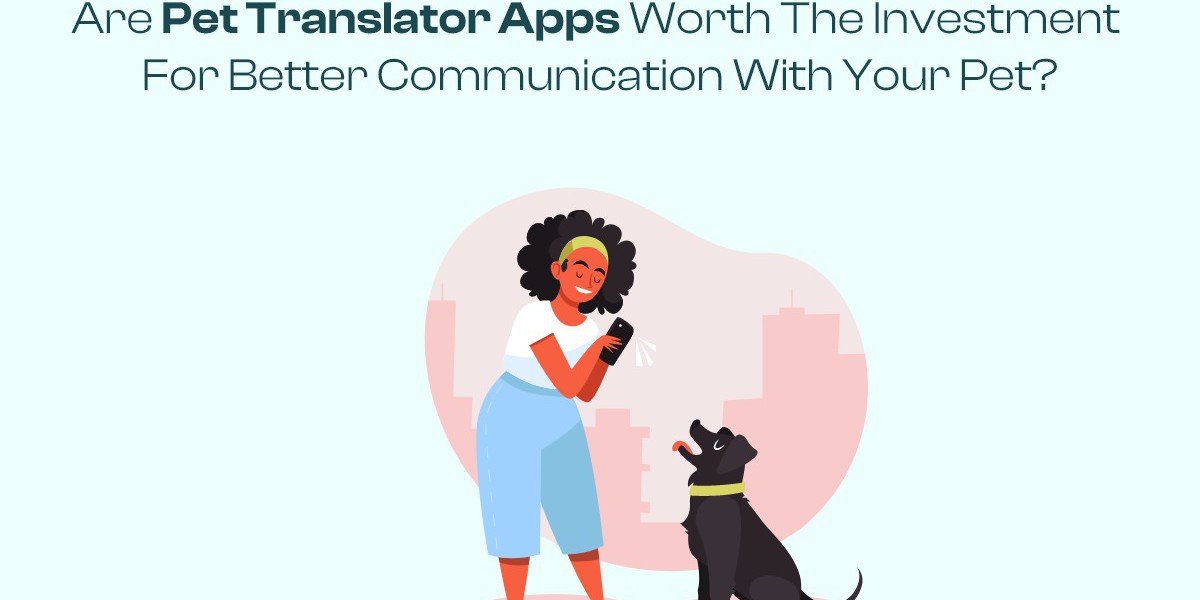In an age where technology seems to bridge every gap, pet owners are increasingly turning to pet translator apps in the hopes of deepening their understanding of their furry companions. These apps promise to decipher the mysterious language of pets, offering insights into their emotions and needs. But amidst the allure of such promises, the question arises: are pet translator apps truly worth the investment for better communication with your pet?
The Promise of Pet Translator Apps
Pet translator apps claim to decode the vocalizations, body language, and facial expressions of pets, translating them into human-understandable emotions or needs. They often employ sophisticated algorithms trained on vast databases of animal behaviors to provide these translations. The allure is undeniable: the prospect of finally understanding what our pets are trying to tell us holds immense appeal for many pet owners.
The Reality Check
However, the reality may not live up to the promise. Despite advancements in technology, accurately interpreting the complex array of signals that pets use to communicate remains a significant challenge. Pet translator apps may provide simplistic interpretations of your pet's behavior, but they often fall short of capturing the true depth and nuance of their emotions.
The Limitations of Technology
One of the primary limitations of pet translator apps lies in their inability to account for individual differences among pets. Each animal is unique, with their own personality, experiences, and communication style. What works for one dog or cat may not necessarily apply to another. Additionally, the emotional complexity of animals means that reducing their feelings to simple categories such as "happy" or "sad" oversimplifies the richness of their inner world.
The Human Element
Furthermore, the success of pet translator apps relies heavily on human interpretation. Our own biases, beliefs, and perceptions can influence how we interpret the output of these apps. If we believe that our pet is feeling a certain way, we may be more likely to interpret their behavior in line with that belief, regardless of what the app says. This can lead to a confirmation bias, where the app's output reinforces our preconceived notions rather than providing an objective assessment of our pet's emotions.
Building True Communication
While pet translator apps may offer some insights into your pet's behavior, they should not be seen as a substitute for genuine communication and understanding. Building a strong bond with your pet involves more than just decoding their vocalizations or body language – it requires active listening, empathy, and trust. Spending quality time with your pet, observing their behavior, and learning to interpret their cues can be far more rewarding than relying on technology alone.
Conclusion
In conclusion, while the idea of using pet translator apps to communicate with our furry friends may be appealing, the reality is that they often fall short of providing meaningful insights into our pet's emotions and needs. The limitations of technology, coupled with the inherent complexity of animal behavior, mean that pet translator apps should be approached with caution. Instead of relying solely on technology, pet owners should focus on building a strong bond with their pets based on trust, empathy, and genuine communication. After all, the most meaningful connections are built not through algorithms, but through the deep, intuitive understanding that comes from truly listening to and empathizing with our beloved companions.



